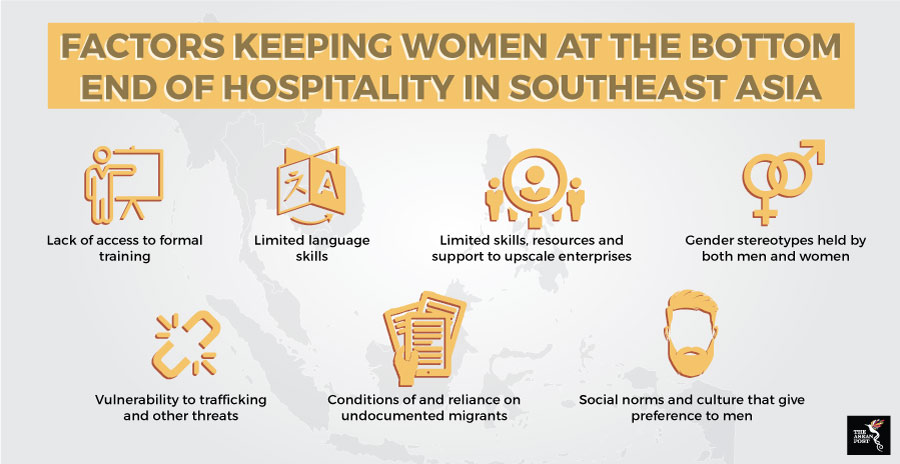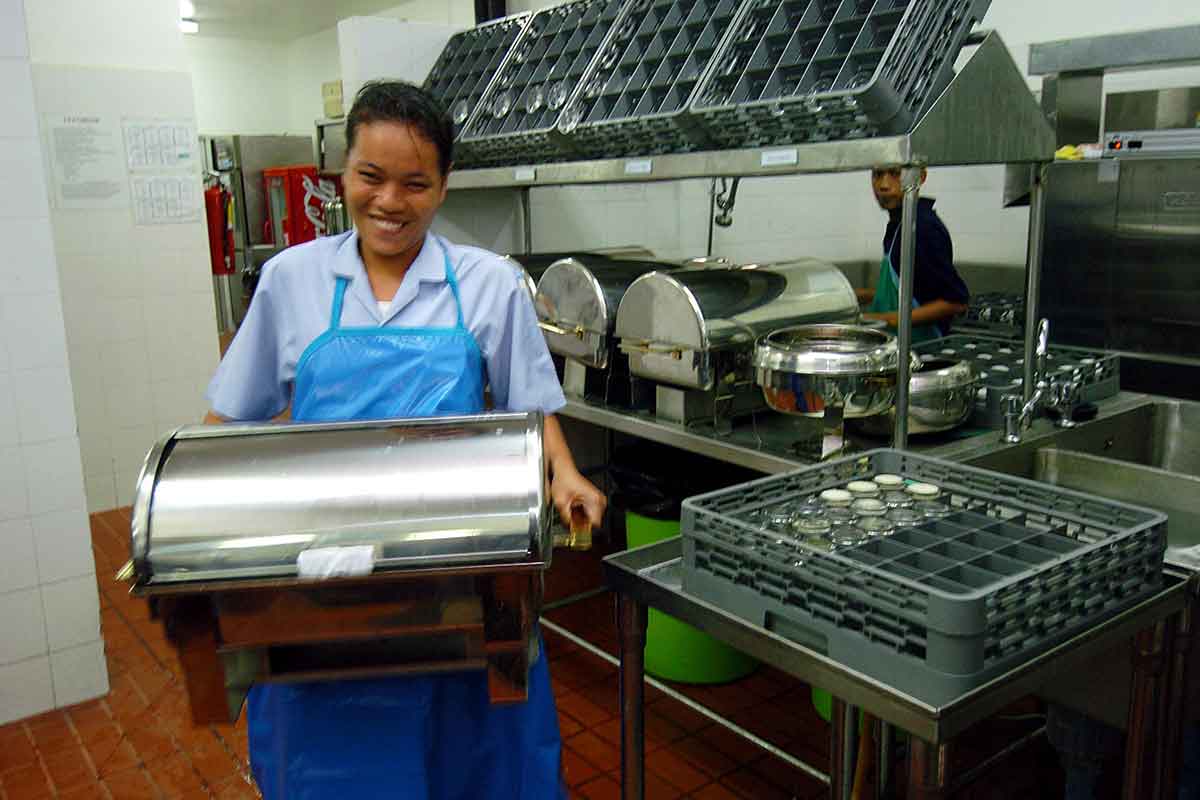Xuan Thu started at the front desk of Victoria Resort in Can Tho, located at the southern end of Vietnam, and worked her way up to the very top. In a year, she was made Front Office Manager and within another four, she was promoted to Room Division Manager. Nine years after her first foray, she locked in the General Manager (GM) position.
For Xuan Thu, who hails from the small town of An Giang, her career advancement has not been easy, having to go against what is expected of women, especially in the Asian context. From her experience, the main barriers to increasing women’s representation in leadership positions are the lack of work life balance in the demanding sector and society’s perception of women in hospitality.
“There are few female GMs in this sector. The first challenge is time, as this job demands a lot of working hours and an irregular working schedule. It is difficult to balance personal life and work. The second is the negative perception towards women in the sector, especially in rural areas.
“Finally, there is this perception that women have to sacrifice their careers to take care of their families. Women, especially Asian women, need to take care of children, family, housework after working hours. But I think this job is great for women, because women tend to be detailed oriented,” said Xuan Thu as a panel speaker at the conference on Women in Hospitality, organised by the European Institute for Cooperation and Development (IECD), in Ho Chi Minh city, in November last year.

Mostly at the bottom rung
In Southeast Asia, similar to sectors such as agriculture, as well as textile and apparel, women’s share of employment in the tourism sector is very high. Women’s representation in the sector in different Southeast Asian countries range from 50 percent up to 75 percent, with more women joining the sector every year. Globally, within the hospitality industry, women make up nearly 70 percent of the workforce.
However, the bulk of these women occupy the lowest rung of employment. According to the IECD, there is a marked under-representation of women in senior positions and the percentage decreases with each level upwards. In the hospitality sector, women hold less than 40 percent of all managerial positions, less than 20 percent of general management roles and between five to eight percent of board positions.
“The objective of the conference is to better understand this paradox by exchanging views on obstacles and sharing solutions for the empowerment of women in and through the hospitality industry in Southeast Asia. The discussion particularly focuses on inclusive growth, the obstacles girls and women face in terms of access to education and training, job integration and career development, and solutions,” the IECD said in a statement.
The ASEAN report on the projected gender impact on the region’s economic community with focus on Lao PDR, Thailand and Singapore found that in Thailand and Lao PDR, women are employed at similar levels as men in most jobs, however fewer women are employed at higher level positions, with women’s employment remaining at lower skills levels. The report stated that Singapore, as the natural hub for business, technology, and financial services, has an almost similar proportion of highly skilled, highly professional and highly paid women and men in the workforce.
Stereotyped into specific roles; out of others
“Gender stereotypes permeate women’s roles in the tourism sector. In Singapore, while there is no tangible discrimination reported between women and men, the conventional mindset about women often guides the roles that women play in the industry. For instance, men are often duty managers, while women tend to be receptionists or operators. Gender stereotyping appears to be internalised even among women.
“Education, opportunity, and culture combined to limit women’s role in the tourism sector. (In Lao PDR) women are disadvantaged because of fewer educational and skills development opportunities. Skill development in tourism is very limited and workforce training has not kept up with the growing economy,” the report stated.
Diversity affects the region’s economic growth. In many Southeast Asian countries, the hospitality industry is built on the backs of women. Factors have worked together to keep women at the bottom end of the role spectrum. The region should focus more on enlarging and improving access to education and opportunities in the hospitality sector, with women at the core of this effort.
This article was first published by The ASEAN Post on 23 November 2018 and has been updated to reflect the latest data.
Related articles:
Identifying threats to tourism
